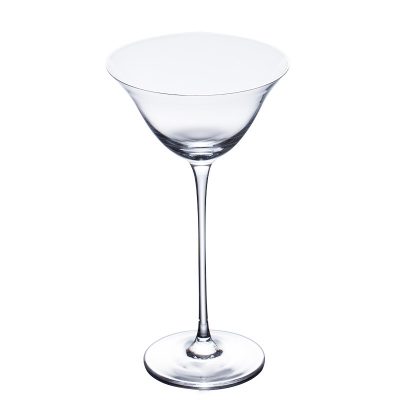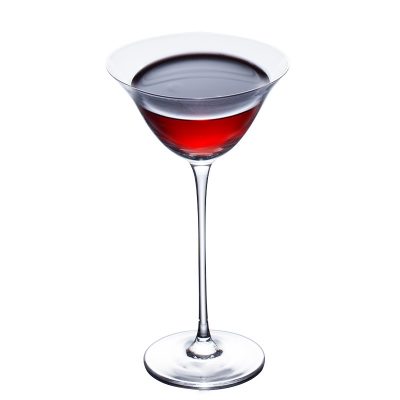The use characteristics and types of glass bottles: glass bottles are the main packaging containers for food, medicine, and chemical industries. They have good chemical stability; easy to seal, good air tightness, transparency, and the condition of the contents can be observed from the outside; good storage performance; smooth surface, easy to sterilize and sterilize; beautiful in appearance and colorful in decoration; there are certain mechanical It has the advantages of high strength and can withstand the pressure in the bottle and the external force during transportation; the raw materials are widely distributed and the price is low. The disadvantage is that it has a large mass (large mass-to-capacity ratio), high brittleness and brittleness. However, in recent years, new technologies of thin-walled lightweight and physical and chemical toughening have been adopted, and these shortcomings have been significantly improved. Therefore, the production of glass bottles can increase year by year under the fierce competition with plastics, porcelain cans and iron cans.
There are many kinds of glass bottles, from small bottles with a capacity of 1ML to large bottles of more than ten liters, from round, square, to special-shaped and handle bottles, from colorless and transparent amber, green, blue, black shade bottles and opaque bottles of opalescent glass bottles, etc., to name a few. As far as the manufacturing process is concerned, glass bottles are generally divided into two categories: molded bottles (using model bottles) and tube bottles (using glass tube bottles). Molded bottles are divided into two categories: large-mouth bottles (bottle diameter above 30MM) and small-mouth bottles. The former is used to hold powder, block and paste items, and the latter is used to hold liquid. According to the form of the bottle mouth, it is divided into cork bottle mouth, screw bottle mouth, crown cap bottle mouth, rolling bottle mouth and frosted bottle mouth, etc. According to the usage, it is divided into “single-use bottles” which are discarded after one use and “recycling bottles” which are used for multiple turnovers. According to the classification of the contents, it can be divided into wine bottles, beverage bottles, oil bottles, canned bottles, acid bottles, medicine bottles, reagent bottles, infusion bottles, cosmetic bottles and so on.
























